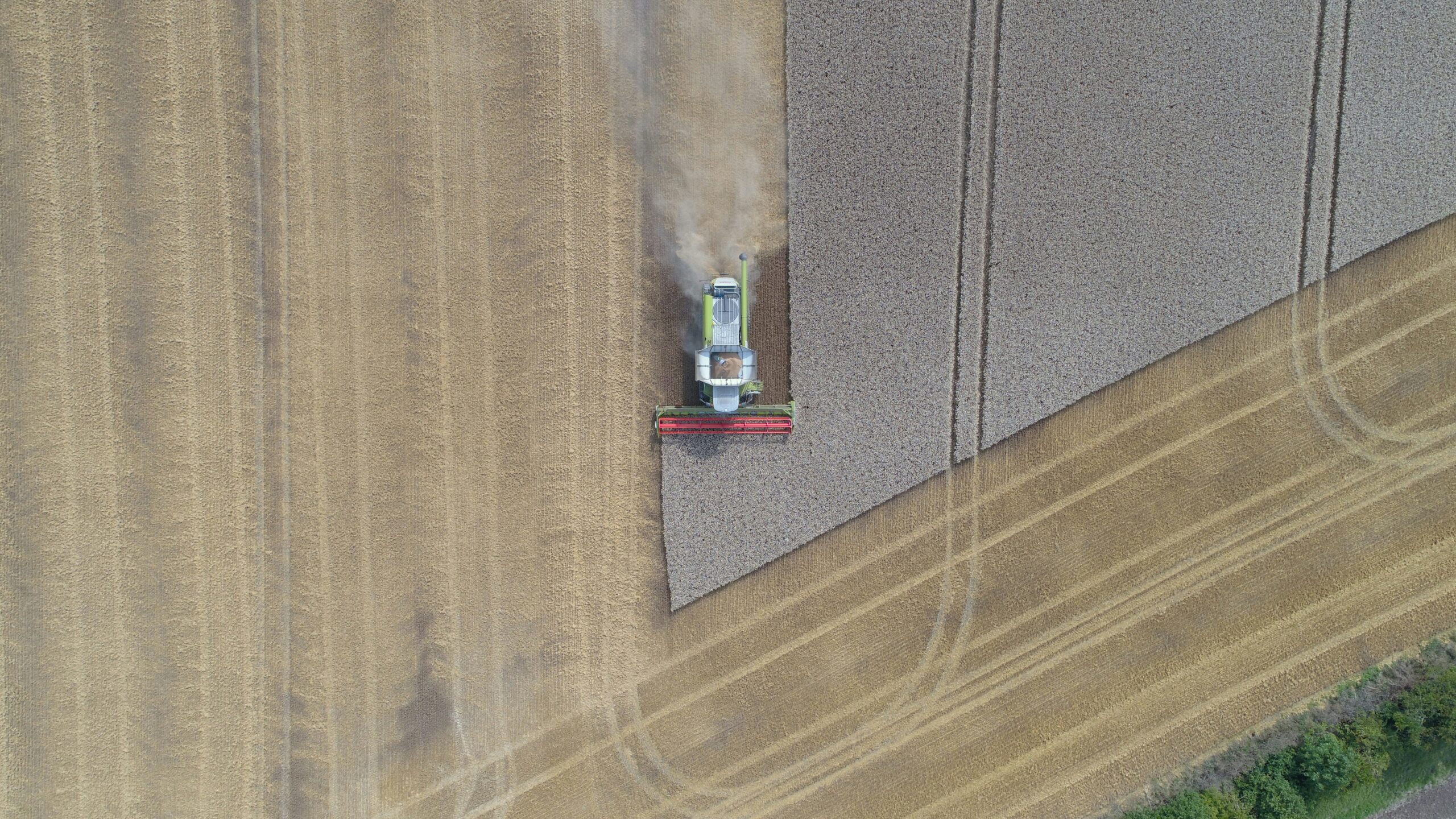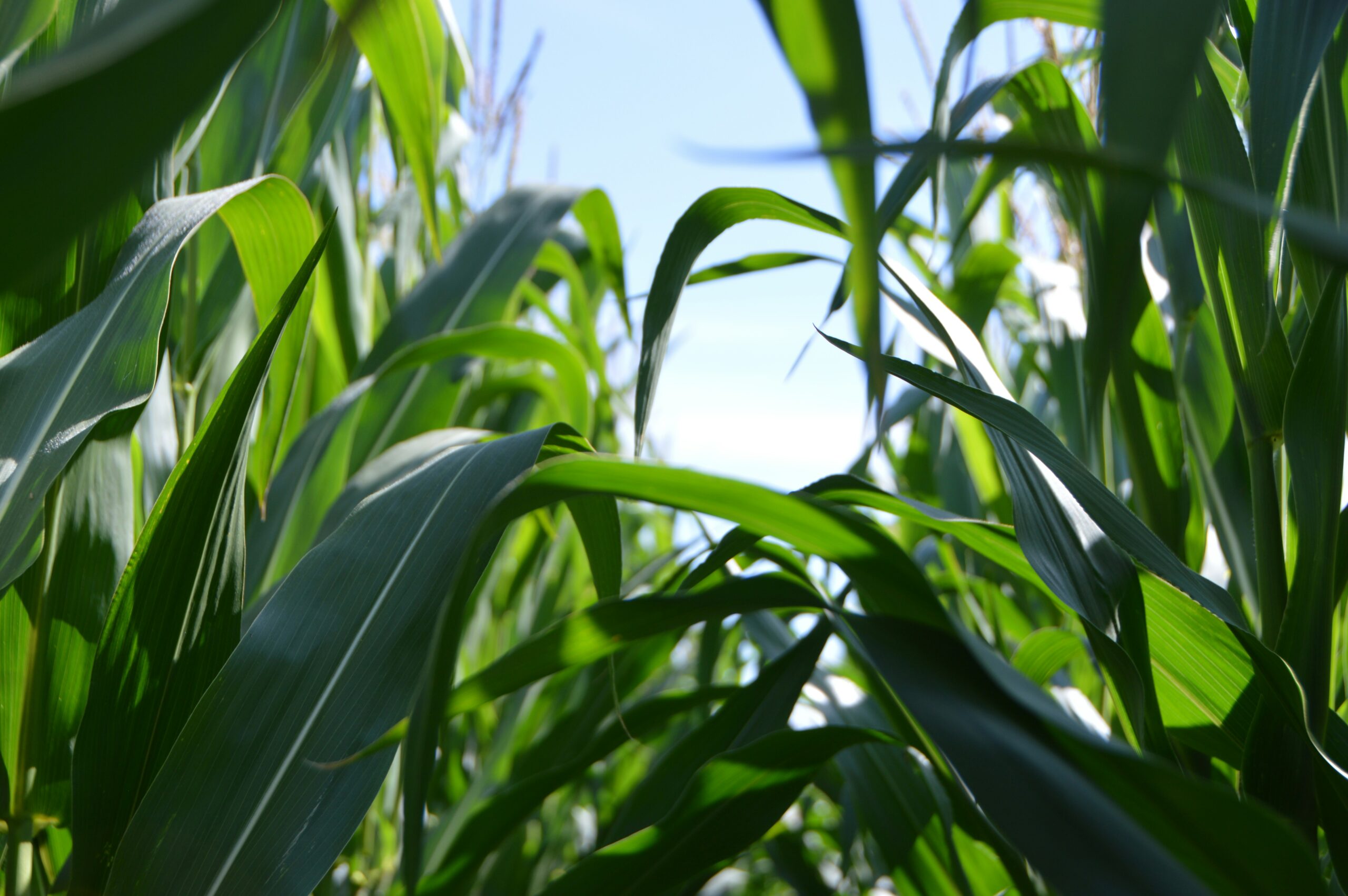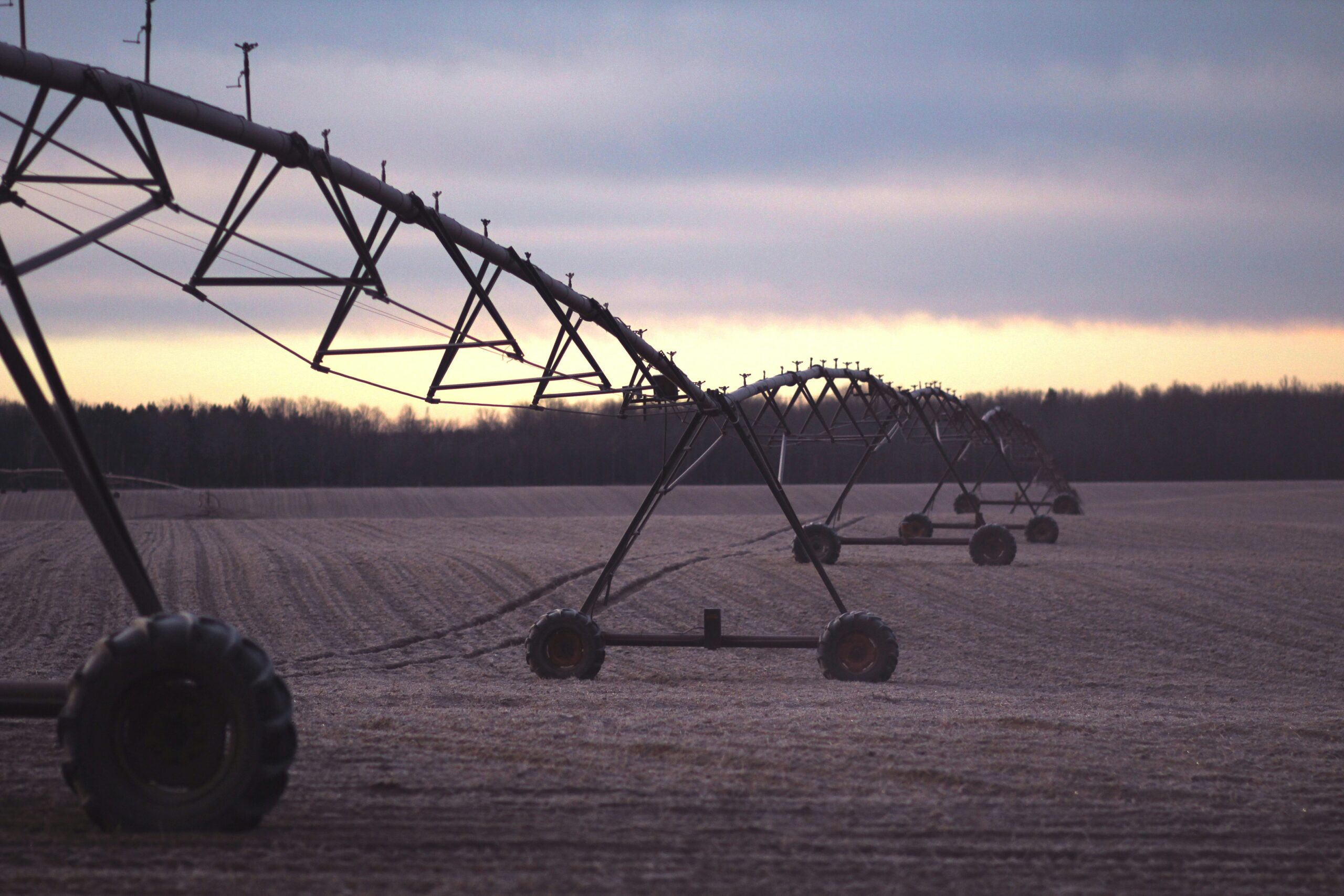Automation is revolutionizing agriculture, and Automated Mobile Robots (AMRs) are at the forefront of this change. But what are AMRs, and how are they contributing to farm efficiency?
What Are AMRs?
AMRs are self-navigating robots designed to perform a variety of tasks autonomously. In agriculture, they’re used to transport materials, streamline logistics, and manage inventory. Unlike traditional automated systems, AMRs can adapt to changes in their environment, making them ideal for the dynamic nature of farming operations.
The Role of AMRs in Agriculture
Here are some ways AMRs are enhancing efficiency on farms:
- Optimizing Pallet Movements: AMRs can handle the movement of heavy pallets, reducing manual labor and speeding up production processes.
- Reducing Cycle Times: By automating material conveyance, AMRs minimize delays, ensuring that resources are available when needed.
- Enabling Labor Reallocation: With AMRs handling repetitive tasks, farm staff can focus on more strategic activities, such as quality assurance and process improvement.
The Impact on Productivity and Sustainability
AMRs significantly boost productivity by reducing manual intervention, cutting down on errors, and enhancing operational speed. Additionally, they support sustainable practices by minimizing energy use and optimizing material handling. As farms continue to integrate AMRs, they’re better positioned to meet growing demands while maintaining quality and sustainability.



